We use cookies to make your experience better. To comply with the new e-Privacy directive, we need to ask for your consent to set the cookies. Learn more
Eventing Gear Check: The Equipment
Bridle & Bit
As far as bridle and bit, as long as it’s legal for the phase, use what works for you and your horse.
Dressage is the most limiting phase with regards to bridle and especially bit, but it is quite common at the lower levels (and not unheard of at the upper levels) for horses to run all three phases in the same bridle and bit.
Regarding choices in design beyond noseband style (plain vs. flash vs. grackle, etc.), several eventers opt for buckle-end reins and cheekpieces…many believing these are stronger and therefore safer than hook-and-stud ends, and because they do make changing out a bit much quicker and easier (and hold up better to repeated changes, whereas the hook-and-stud closures can loosen with repeated changes).
Also, it’s a good idea to choose reins that have a good grip even when wet, such as rubber coated, rubberized web, or ones with stops, especially for cross-country, due to horse sweat and the inevitable downpours that plague so many events . USEA regulations require bridles be made entirely of leather or a leather-like material, and color is a personal preference. Black tack in any or all three phases is as acceptable as brown, and mixing a brown bridle with a black saddle or vice versa is not uncommon and, especially if the brown is dark, it’s almost unnoticeable.
Breastplates
Breastplates are legal for all three phases and running martingales are permitted in the jumping phases. Additionally, a “grab strap” (usually nothing more than a stirrup leather around the horse’s neck) is permitted in the jumping phases and not uncommon, even among elite event riders, especially when they’re on green or particularly “expressive” mounts.
Horse Boots
In the dressage phase, your horse may not wear boots or wraps of any kind.
In the jump phases, boots are optional but essentially standard equipment, and suggested even at the lower levels, especially for cross country.
For the stadium phase, I prefer an open-front boot and the front and an ankle boot on the hind. Stadium fences by definition are not fixed and beyond accruing penalties for pulling rails, a horse who learns he can hit a fence and it “won’t hurt,” may be more likely to get sloppy when jumping in general.
So, I view jumping stadium fences as a good place to teach a horse to be careful, with the repercussion for not doing so hopefully only being a little sting. Open front boots offer protection for tendons and fetlocks from hoof strikes while leaving the front of the pastern, fetlock, and cannon exposed, allowing the horse to feel the sting of hitting a pole.
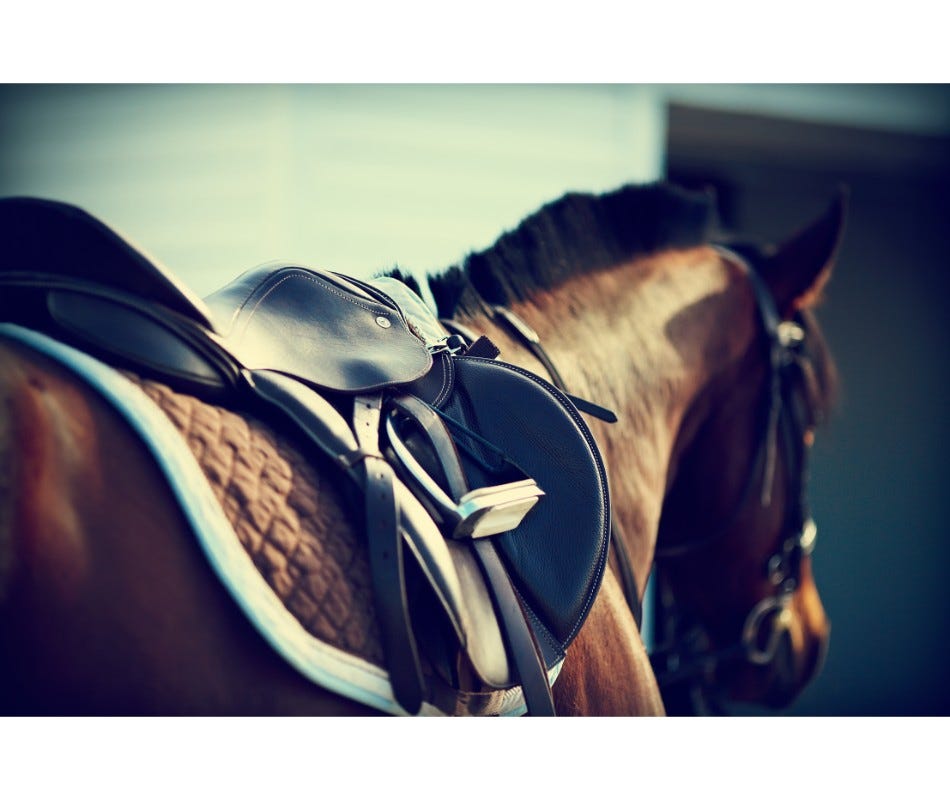
For cross-country, a well-fitted boot with a tough strike surface, fully enclosed and covering the fetlocks and cannons/tendons and made of a material that will not absorb water or attract burrs, etc. is a good choice. Additionally, I like a bell boot at least up front for cross country. There are too many variables when going even at slow to moderate speeds over inconsistent footing, uneven terrain, and over solid obstacles. Scrapes, tears, and other signs of impact on a horse’s boots are ample indication that wearing them is a good idea.
Even with the most careful jumper, there will be times when through no fault of his own (a miscalculation by his rider, slick footing, etc.) a protective boot may help dissipate the more serious trauma that usually results from hitting a fixed obstacle or from other cross-country mishaps.
The choices available to the eventer when it comes to boots are almost endless, and there are very good choices in almost every price range, but good boots (especially for cross-country) are a worthwhile investment and one place I suggest buying the best you can possibly afford.
If you care for the boots, cleaning them after every ride, conditioning them if they are leather, and not leaving them dirty and damp in a trailer tack room, they may well last for several years. If they must be replaced due to damage, remember that is damage from which they protected your horse’s legs.
Studs
If your horse is shod, shoe studs will become a beneficial piece of equipment as you move up the levels, but are rarely necessary at the speeds and for the efforts required at the introductory levels.
Weather conditions, footing, and terrain oftentimes make studs a good idea even at the lower and mid- levels of eventing. It’s a good idea to get your horse’s shoes tapped for studs at least one shoeing cycle before you will actually use them in competition to give you a chance to practice with smaller road studs…putting them in, taking them out, and to give your horse a chance to get acclimated to the additional traction.
Typically, “over-studding” can be more detrimental than “under-studding,” so be sure to work closely with your trainer regarding studs if you are inexperienced in their use.
Accessorize
Finally, there may be some additional gear beneficial to your horse…fly ear nets, ear plugs, nose nets for headshaking syndrome, etc. These examples and others can range from always permitted, to legal with petition/special permission, to phase-dependent, to never permitted. As is always the case, your best course of action before using ANY piece of equipment in competition: consult the rule book!

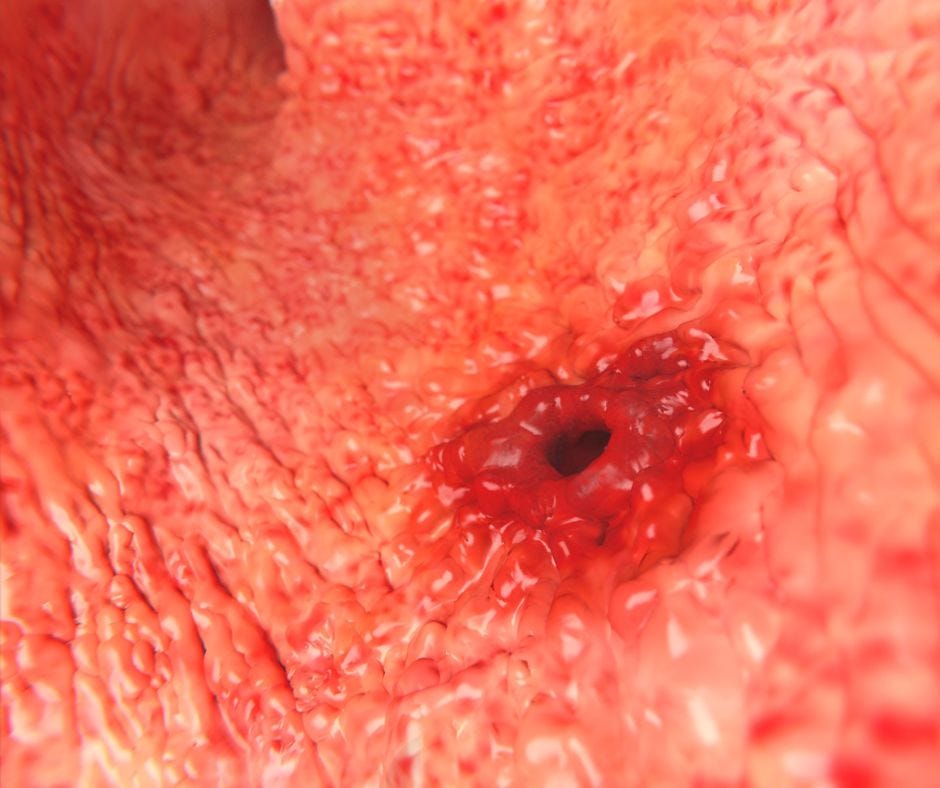
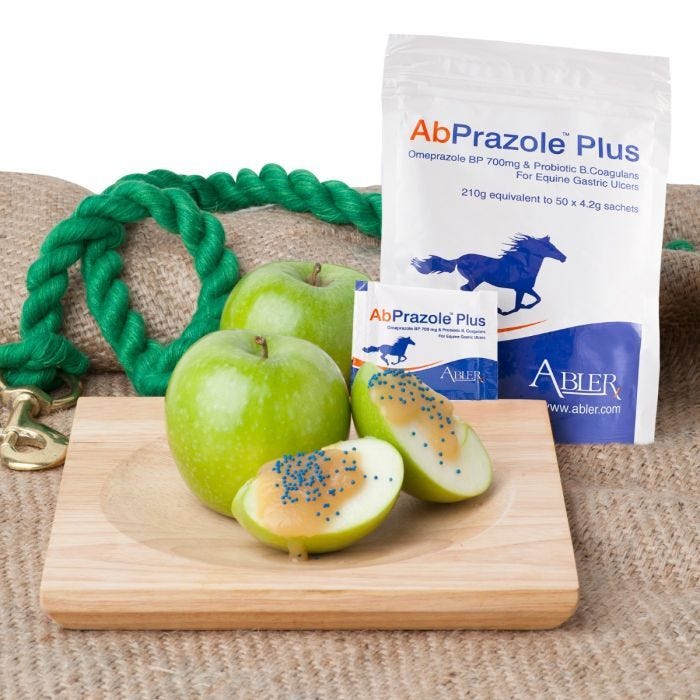
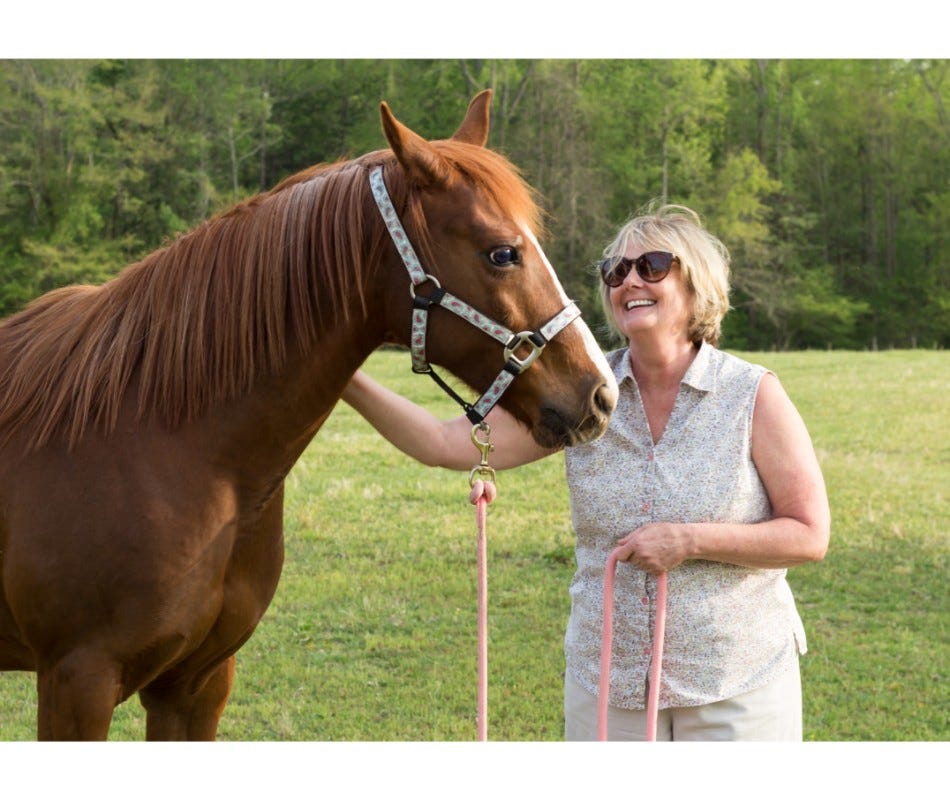
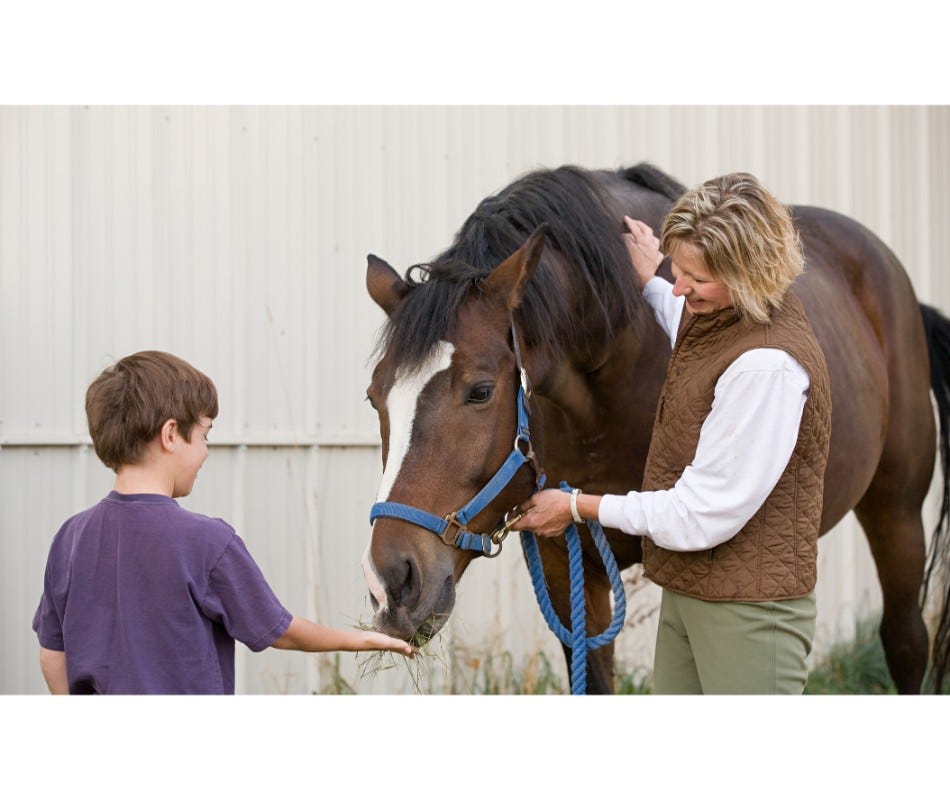
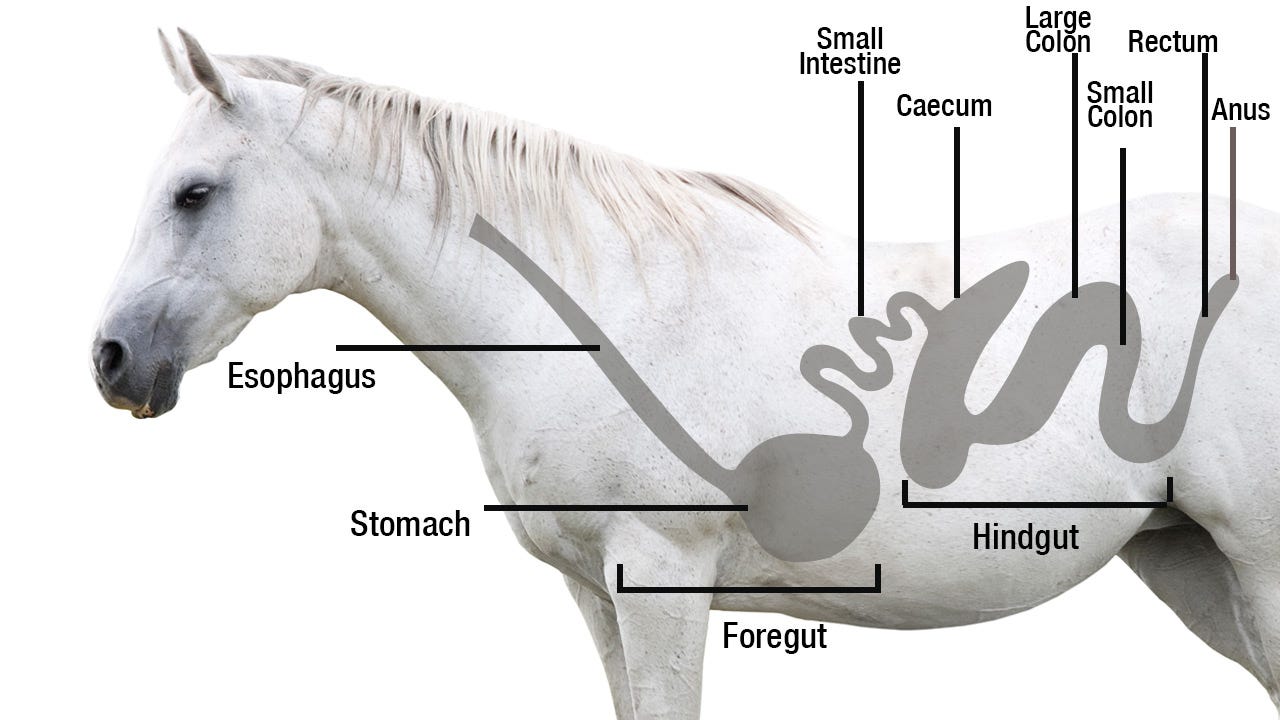
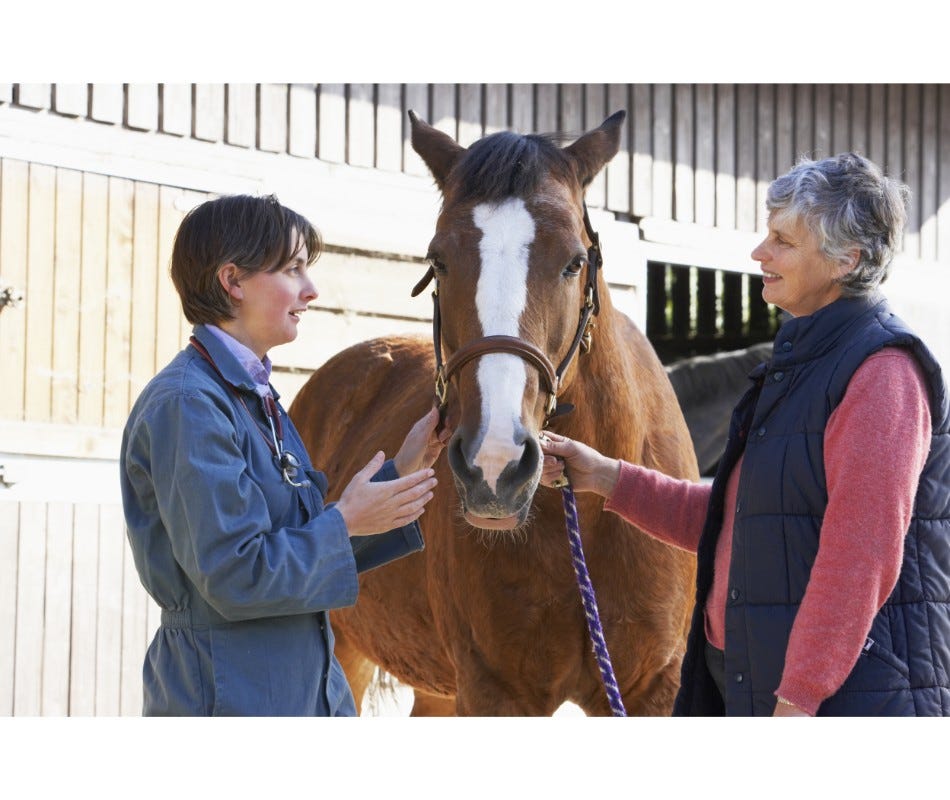
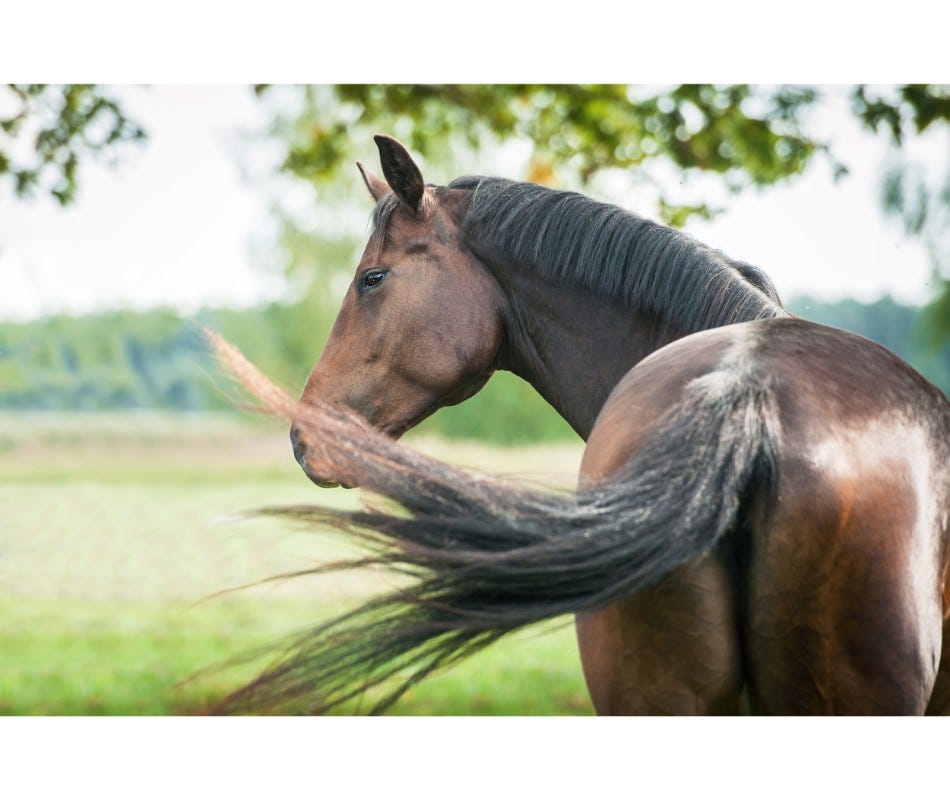
Validate your login